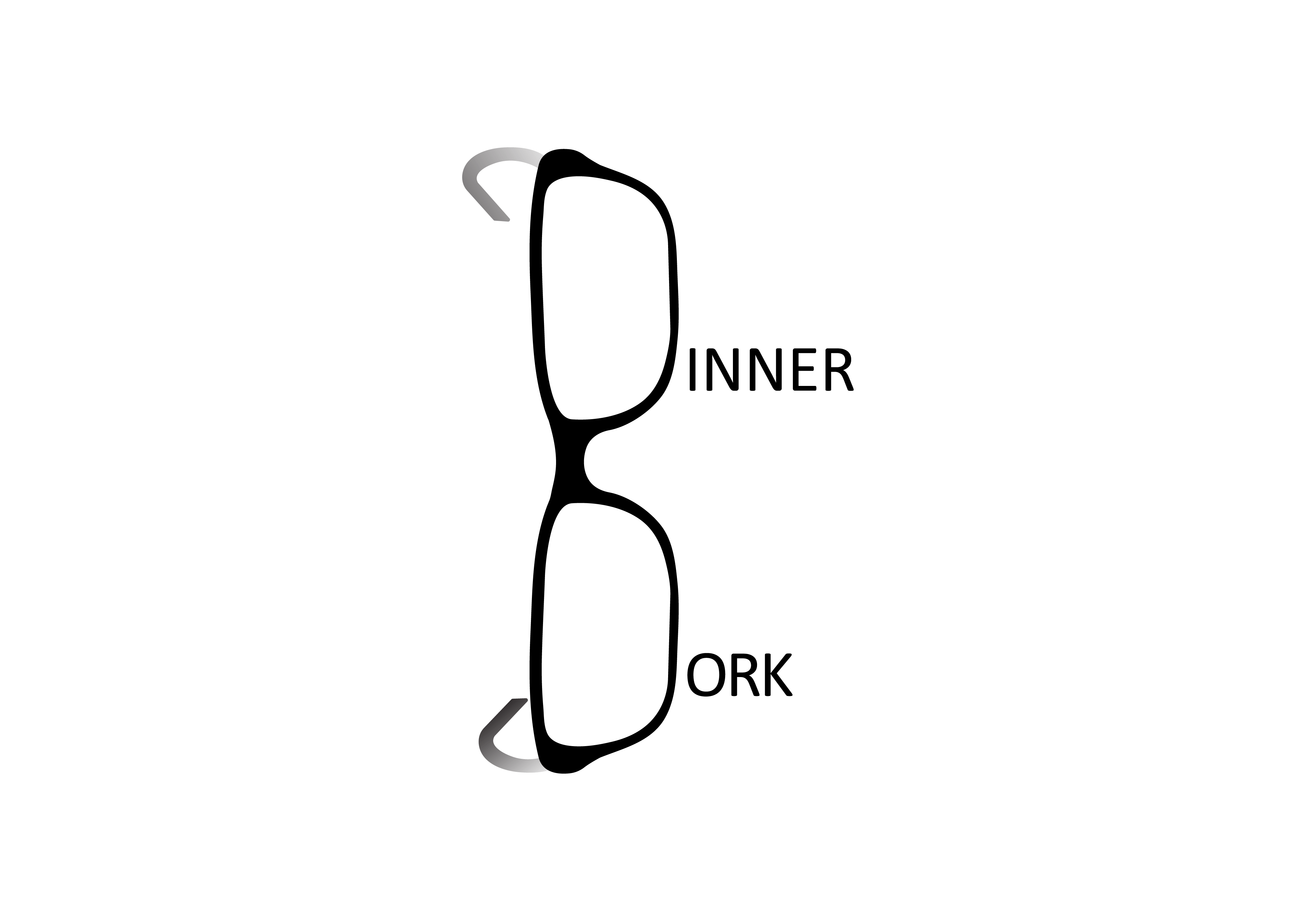DinnerDork [ ˈdi-nərˈdȯrk ]
I get a lot of questions about pots and pans from DinnerDork members and folks interested in cooking, so we’re officially kicking-off the pots and pans series of the DinnerDork blog and YouTube channel – inspired by YOU!
Check out Pots and Pan 101 for the video version of this blog article
This blog and blog series will include in-depth information about available fabrications, features and DinnerDork suggestions. In this initial piece, I’ll provide thoughts on:
- How much to spend
- Complimentary pairings of pots and pans with appliances
- Features to look for
- Tips for growing your collection
Plus, I’ll share my thoughts on the basic, essential pots and pans that every kitchen should start off with.
Budget
Shopping for cookware is a personal endeavor that should include consideration of your budget, appliances, lifestyle and tastes; criteria that you must evaluate and select for yourself. It’s a good idea to establish a target spending range before you hit the store or internet to shop. Consider the following things when deciding on an appropriate budget:
- Quality cookware can last a lifetime or more. If you’re able to budget for buying lifetime-quality pieces, you’ll save a lot of time and money in the long run by eliminating the need to replace pieces due to damage, inefficiency or harsh wear and tear.
- Pace yourself. Begin with the basics, then add more and specialty pieces as time and budget allow. If you start off with a good set of quality essentials, they’ll hold up to the frequency of use and will continue to look and perform well alongside new pieces in the future.
- Don’t assume that you can’t purchase great pieces at affordable prices, or even at a discount. Likewise, don’t assume that a high-price tag is indicative of quality. There are many high-priced poorly constructed pots and pans on the market. Focus on getting the features that matter to you, and then compare and shop for the best price. Try to make researched purchases rather than impulse decisions.
- As with other purchases, buy the best quality you can afford – it’ll make cooking easier and more enjoyable. Consider the length of warranty when deciding on value.
Pairing Pots with Appliances
Choosing the right cookware for your appliances is a matter of preferred form and necessary function. The table below provides general suggestions for pairing cookware types with appliances.
Useful Features
We’ll give each of the (6) major pot materials types their due spotlight in future posts and videos, but for now we’ll suggest some general features that apply to all material types, for consideration when planning to buy new pots and pans.
Stay cool riveted handles
- These specially fabricated handles remain cool, making it safer and more comfortable to handle hot pots.
- Look for metal or same-material handles, rather than plastic, since plastic handles can break, warp, crack or melt after prolonged use or exposure to high-heat.
Comfortable handles
- Test out different handle-types to see what feels best in your hand
- Dual handled pots can be easier to lift and maneuver when full
- Stay cool lid handles makes removing the lid on hot pots safer and more comfortable
A lid for every pot
- Avoid buying sets with shared lids because you never know when you’ll need both pots with lids, or when a needed lid will be dirty.
Glass Lids
- Glass lids are invaluable when you need to progress check foods that cook best when undisturbed.
Tight fitting lids
- They’re essential for properly cooking foods that need to retain heat and/or moisture, such as rice. Look for lids that fit into a lip on the edges of the pot, rather than lids that sit atop the highest edge of the pot.
Manageable Weight
- Many high-quality pots can be heavy – visit a store and hold them, feel them, practice lifting and moving and consider the added weight of water or food when deciding what feels best
Smooth, flat bottom surface
- Inspect the underside of pots and pans, looking for them to be free from abrasions and warping. This is especially important for induction and ceramic stovetops.
Tips for Growing Your Collection
- Think carefully before purchasing boxed sets. Many have shared lids, and redundant pot sizes
- Consider buying open-stock, to get only the pieces you need, with the features you want.
- Check-out discount and closeout stores. These stores are great places to start since they carry an array of types and brands, allowing you to get exposure to different fabrications and levels of quality.
- Start small, with the essentials and add more and specialty pieces as time and budget allow.
- Look for pieces that have a good warranty (10+ years), but consider your appliances and other changes you may wish to make to ensure you’re not paying for more than you need.
The Essential Basics
We’ll spend some dedicated time delving into these recommendations in a future post and video, but for now, here’s the DinnerDork approved list of essential pots to start a collection:
- 4 – 6 quart stockpot with lid (2 would be nice)
- 2 – 4 quart saucepan with lid (at least 2)
- 10 – 12 inch skillet with lid (at least 2)
- 14 inch wok with lid
- 12 inch cast iron skillet
- 5 – 6 quart Dutch oven with lid
That’s all for now! Stay tuned for more in this series where we provide in-depth insight into how and why we consider the essential basics to be foundational, as well as a post and video dedicated to providing insight into each of the (6) major pot material types!









